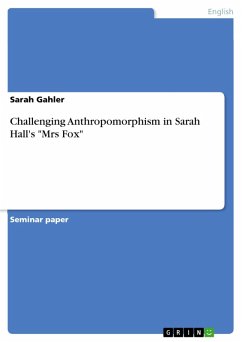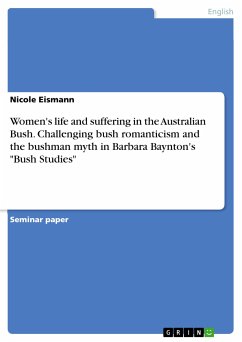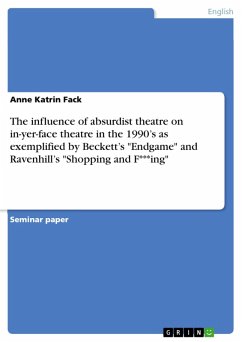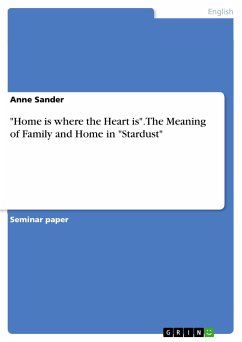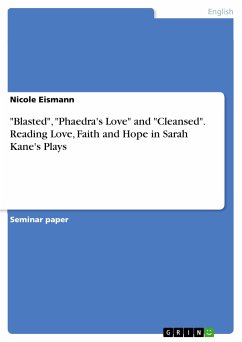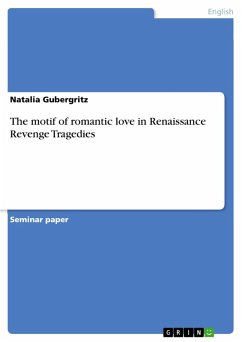Seminar paper from the year 2016 in the subject English Language and Literature Studies - Literature, grade: 1,0, University of Rostock (Institut für Anglistik/ Amerikanistik), course: Ecocriticism and Contemporary Fiction, language: English, abstract: Throughout the history of story-telling, the fox has been represented in an anthropomorphic way not only in early tales, mythologies, fables and oral stories, but also in contemporary literature and movies. The focus has often been directed at how its behavioural attributes are to some extent similar to human characteristics, both positively and negatively. Even in today's popular culture, the fox is often used in an anthropomorphic way by giving him human characteristics, like intelligence and cunning. This literary treatment stands in contrast to his natural animalistic behaviour as a predator, for which the fox is still negatively connoted. The relationship between a human and a fox, a wild and non-domesticated animal, is certainly different from a relationship among human beings, or a human and a pet dog, or between a fox and a rabbit. However, the desire to maintain a closer relationship, even friendship, with wild non-human animals has increased over the last years and is being addressed in environmental and animal studies as well as in ecocriticism and literature. In her award-winning short story, "Mrs Fox" (2013), Sarah Hall explores how the relationship between a husband and his wife changes when she transmogrifies into a fox in "an act of will" (Hall 2013: 62). Hall focuses on the point of view of the husband and how he struggles to accept the reality of his beloved wife having transformed into a vixen. The following paper will look at how "Mrs Fox" challenges anthropomorphism by applying animal characteristics to the female main character by physically turning her into a fox rather than applying human characteristics to an animal.
Dieser Download kann aus rechtlichen Gründen nur mit Rechnungsadresse in A, B, BG, CY, CZ, D, DK, EW, E, FIN, F, GR, HR, H, IRL, I, LT, L, LR, M, NL, PL, P, R, S, SLO, SK ausgeliefert werden.

